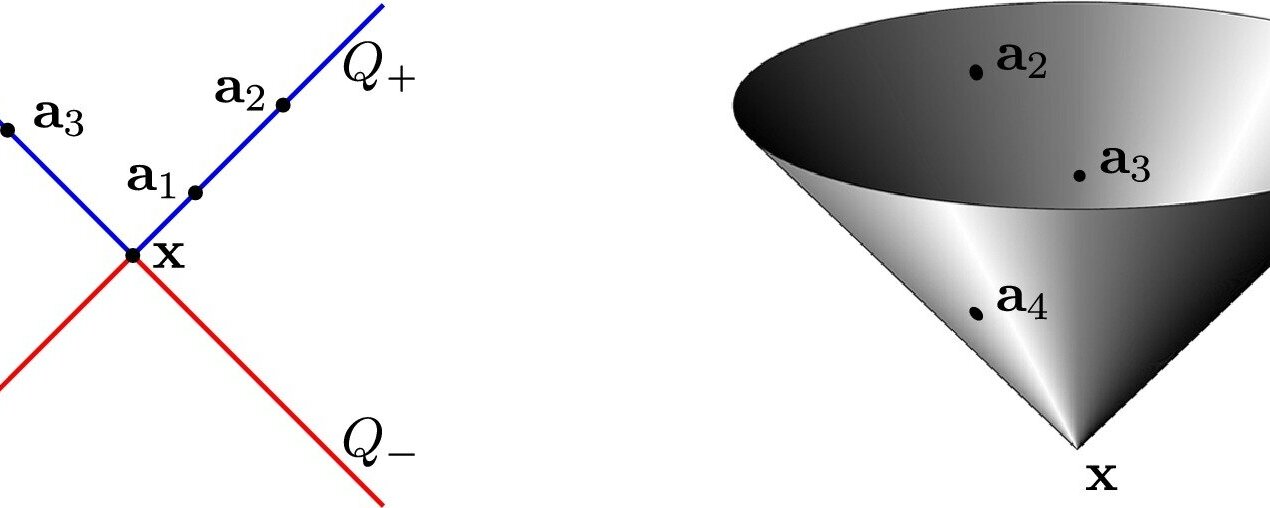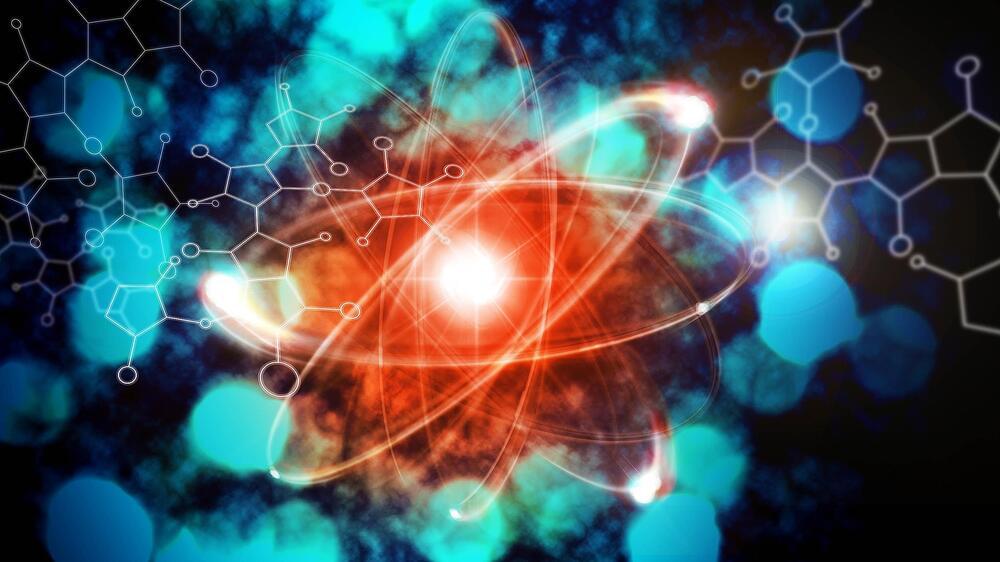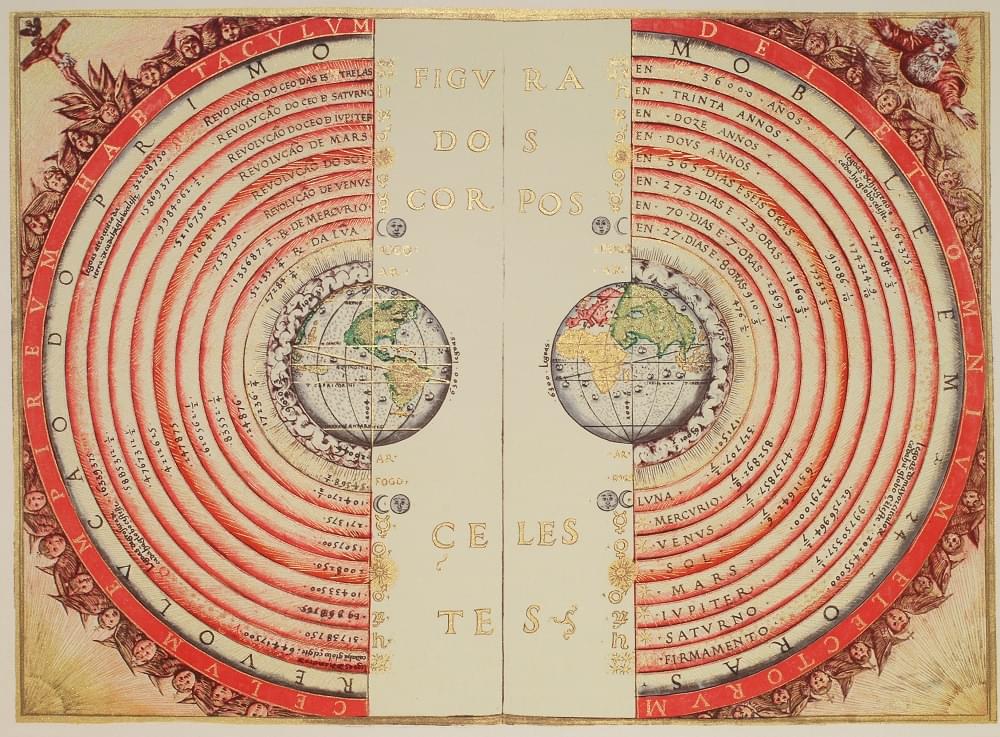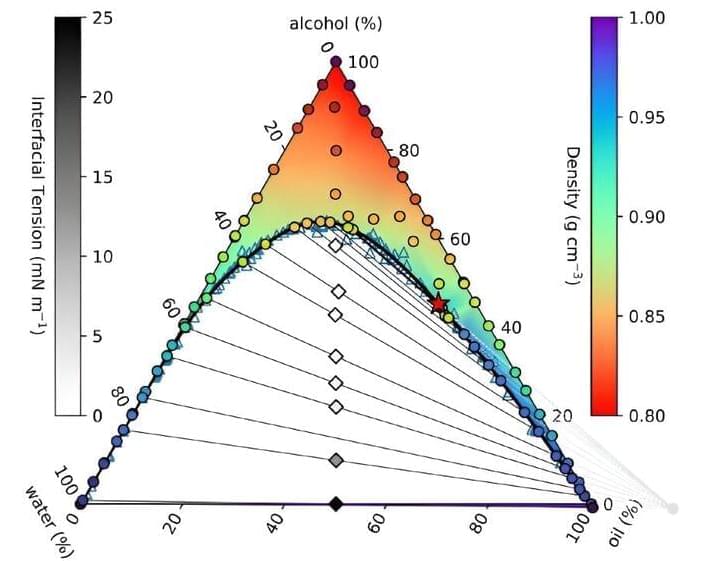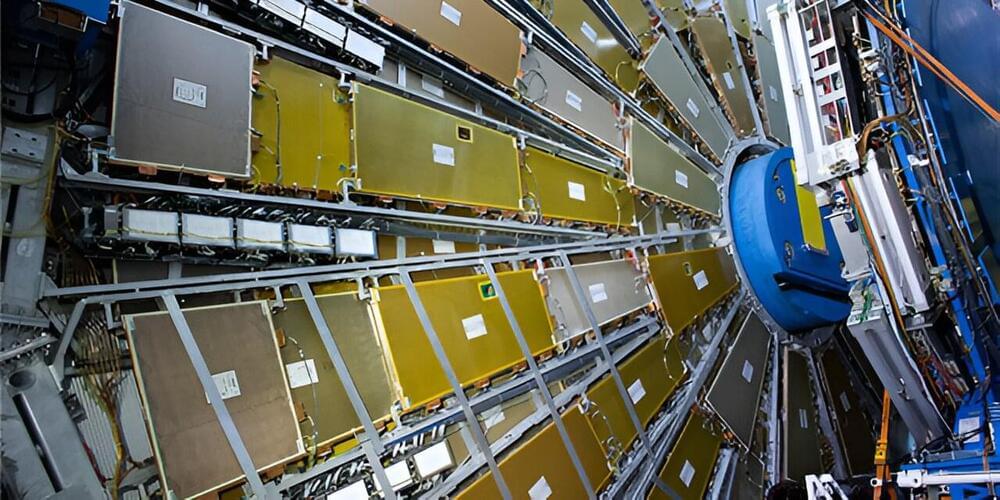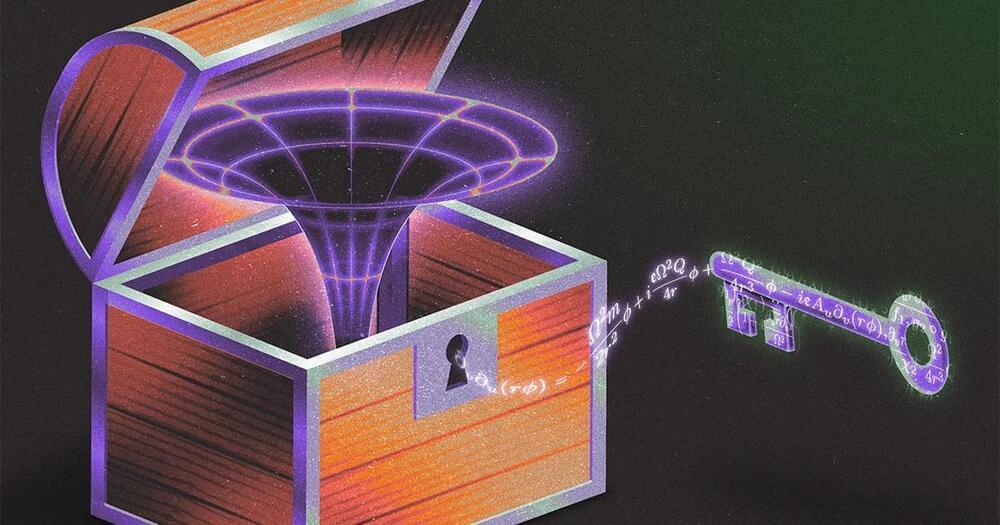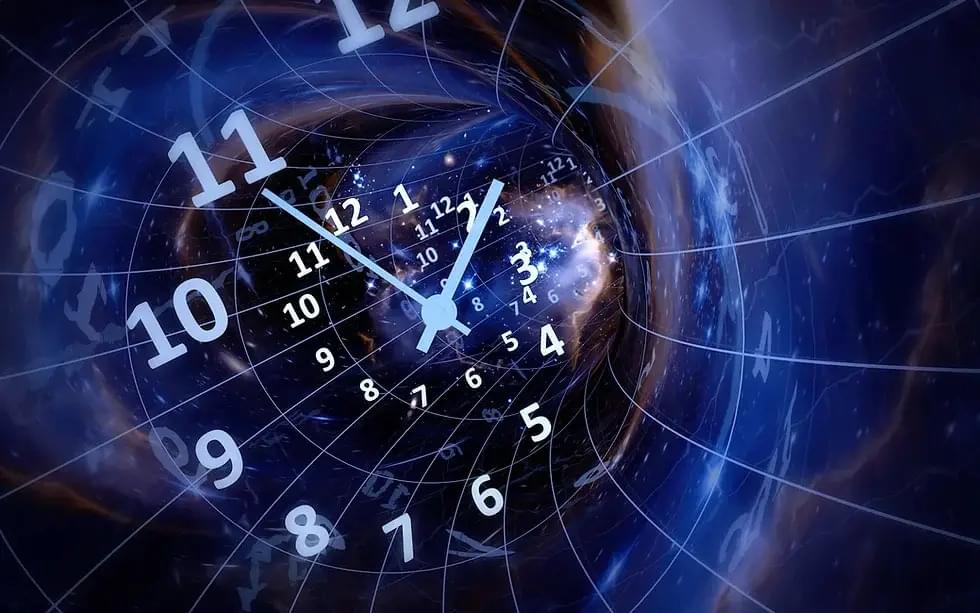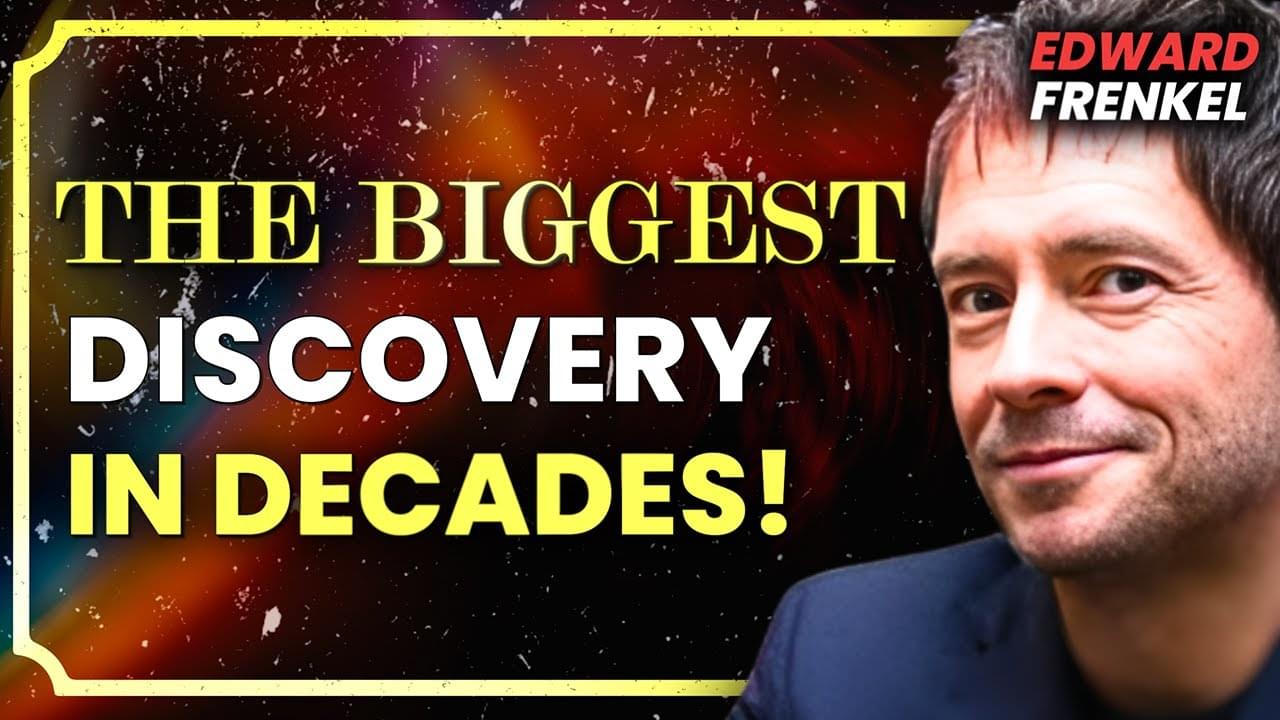Aug 28, 2024
Mathematicians debunk GPS assumptions to offer improvements
Posted by Saúl Morales Rodriguéz in categories: mathematics, satellites
The summer holidays are ending, which for many concludes with a long drive home and reliance on GPS devices to get safely home. But every now and then, GPS devices can suggest strange directions or get briefly confused about your location. But until now, no one knew for sure when the satellites were in a good enough position for the GPS system to give reliable direction.
